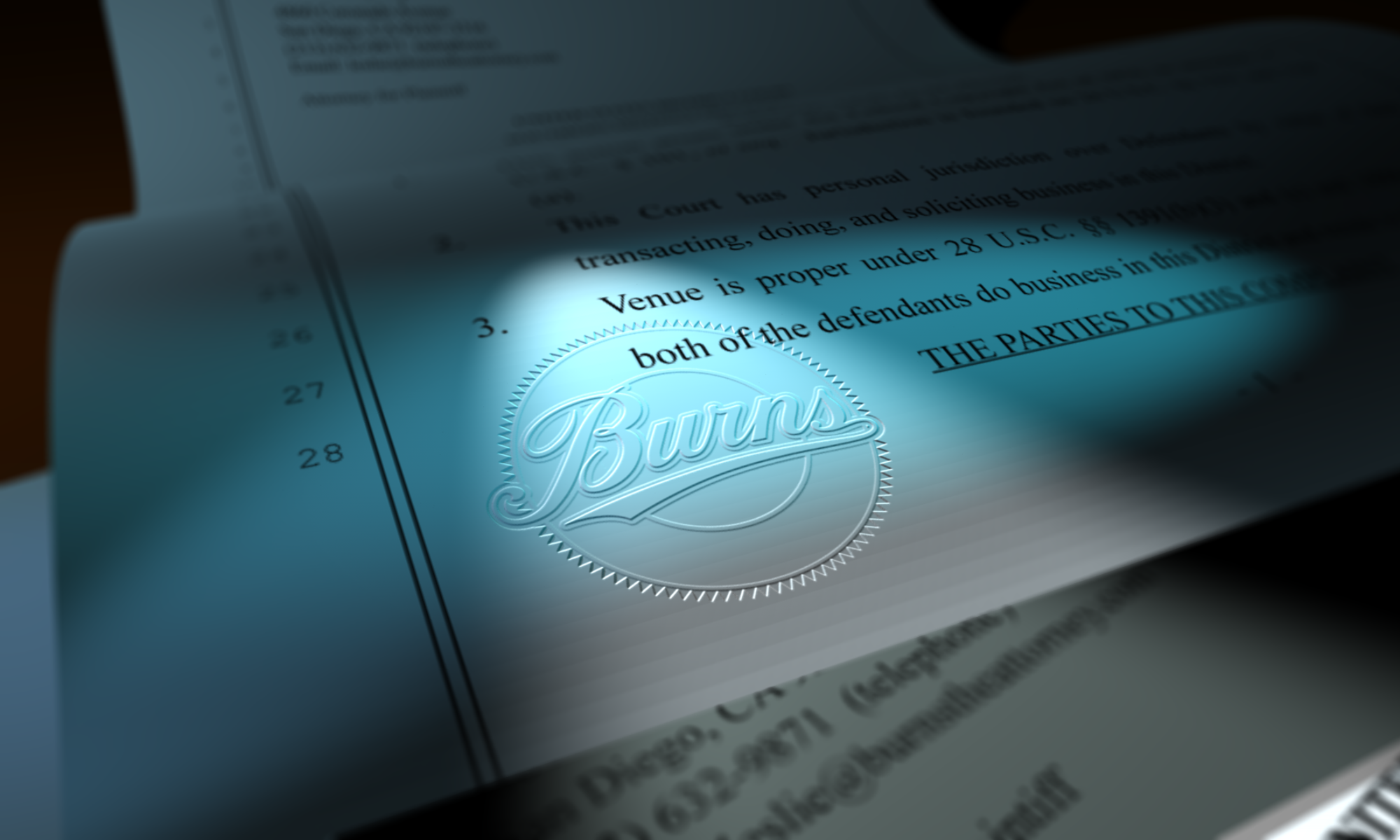The Supreme Court has decided not to review the Rentmeester v. Nike (aka “Jumpman”) case. I’m not surprised. Before I get into why, please let me say that I feel for the photographer here and I think Nike acted poorly (to say the least). It was a tough loss. However, the question of whether Nike actually infringed wasn’t a good one for SCOTUS review, I think.
We need to remember that copyright protects the expression of an idea, not the idea itself. So, when a case is about similar images, courts have to look at the facts and do their best at interpreting facts surrounding their creation. First, they have to try and determine if the original expression is protectable, then (rather crucially here) what parts are or are not, and then whether the creator of a similar image had access to the original, and then whether that similar image is substantially similar enoughto the protectable parts to walk past the infringement line. In other words, when you don’t have straight-up copying of the photograph—I mean in the copy-paste sense—it becomes a much more complex case from the get-go. SCOTUS doesn’t generally like to review cases that turn on the facts rather than the law.
In my opinion (and yes, there are plenty of folk who will disagree with me here), the Jumpman case was decided on the facts specific to it rather than a misapplication or misunderstanding of the law, so it just wasn’t the kind that SCOTUS would generally touch. I don’t think this is the kind of case, then, that the photo community should be too up-in-arms about. Because it was so fact-specific, it’s not as likely to be duplicated in lower courts, that is, compared to a case that is decided on a wrong application or interpretation of the law (like the Brammer v. Violent Hues case pending in the 4th–where the lower court completely blew the standards for Fair Use).
So yes, this case did not turn out well for the photographer, but there are bigger issue cases out there we need to pay closer attention to, because those cases will have greater effects on the industry.
UPDATE: I forgot to mention that this case was about a motion to dismiss, not an adjudication on the merits of the whole case; in other words, the lower courts had to look at the issues above to see if dismissal was appropriate and courts dismiss cases like this only when the plaintiff hasn’t alleged enough to support a violation of the law. Here, the pose itself was not a protectable expression so that pretty much put the kybosh on the case. Photographers may not like that idea, but if we get into poses being protected (rather than how those poses are captured in an image), I think it would be impossible to make any photos of anything ever posed again.
